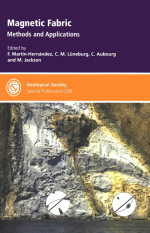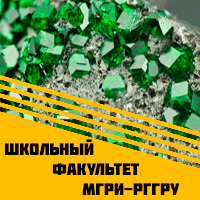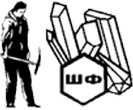Добрый день, Коллеги. Важное сообщение, просьба принять участие. Музей Ферсмана ищет помощь для реставрационных работ в помещении. Подробности по ссылке
Magnetic fabric: Methods and applications / Магнитные текстуры: методы и применение
Fifty years have now passed since Graham (1954) published his seminal paper advocating the use of anisotropy of magnetic susceptibility (AMS) as a rapid and sensitive petrofabric tool. During these five decades, Graham's 'underexploited' method has become standard, and AMS and related techniques are now routinely applied to characterizing fabrics in a wide variety of geological materials (e.g. the GEOREF database lists over 500 journal publications with 'magnetic anisotropy' as keywords). Magnetic anisotropy works as a petrofabric tool because individual grains of most minerals are magnetically anisotropic, i.e. easier to magnetize in certain orientations, which are governed primarily by crystallography and/or grain shape. Magnetic anisotropy at the bulk rock scale results from the preferred crystallographic orientation (PCO) and/or preferred dimensional orientation (PDO) of anisotropic mineral grains. AMS can also result from magnetostatic interactions among closely spaced, strongly magnetic grains that are heterogeneously distributed in a matrix of more weakly magnetic minerals. In either case, magnetic anisotropy is directly related to some aspects of rock fabric, and thus it provides a quick, simple and effective characterization tool, even though the relationship between magnetic fabric and petrofabric is quite complex in detail <...>




